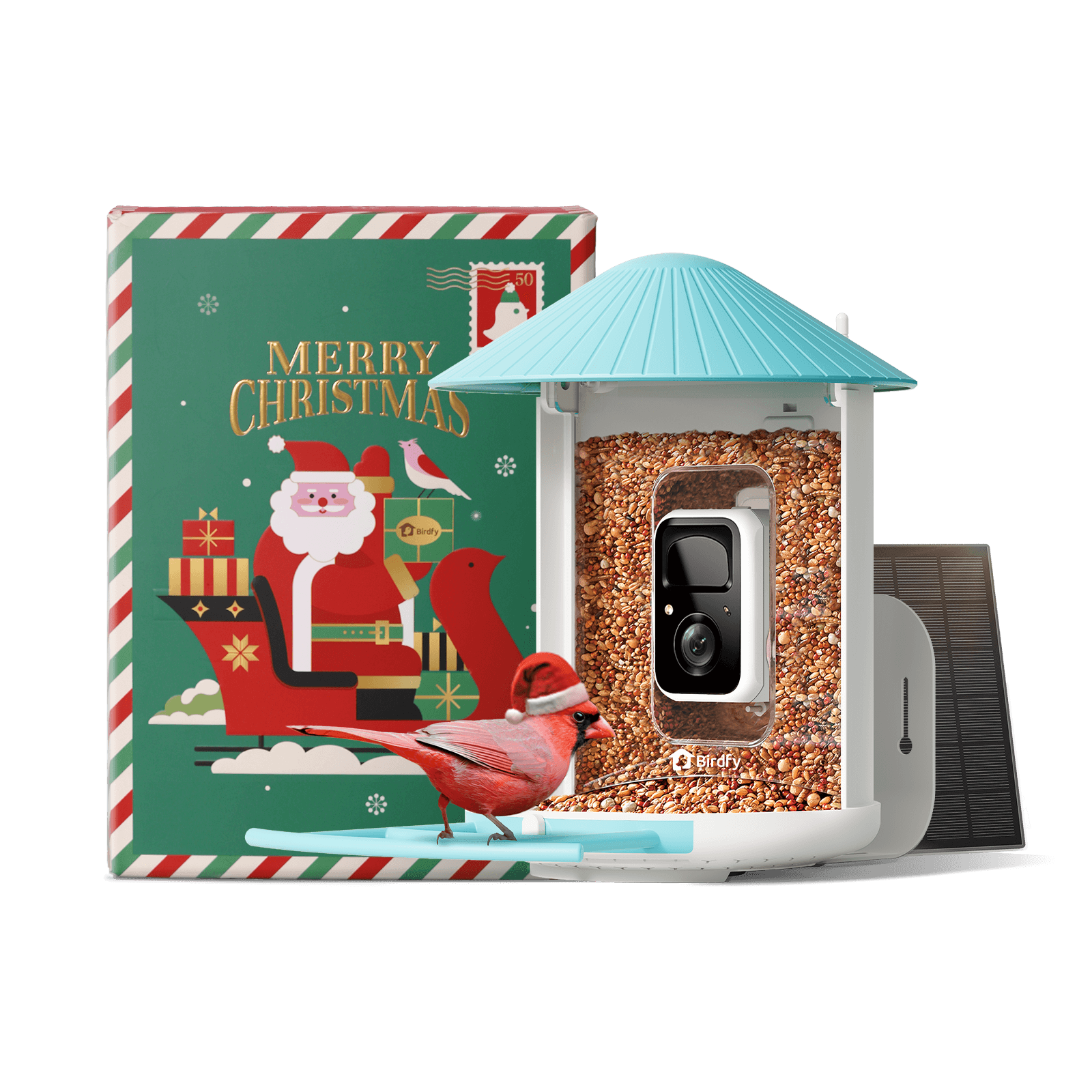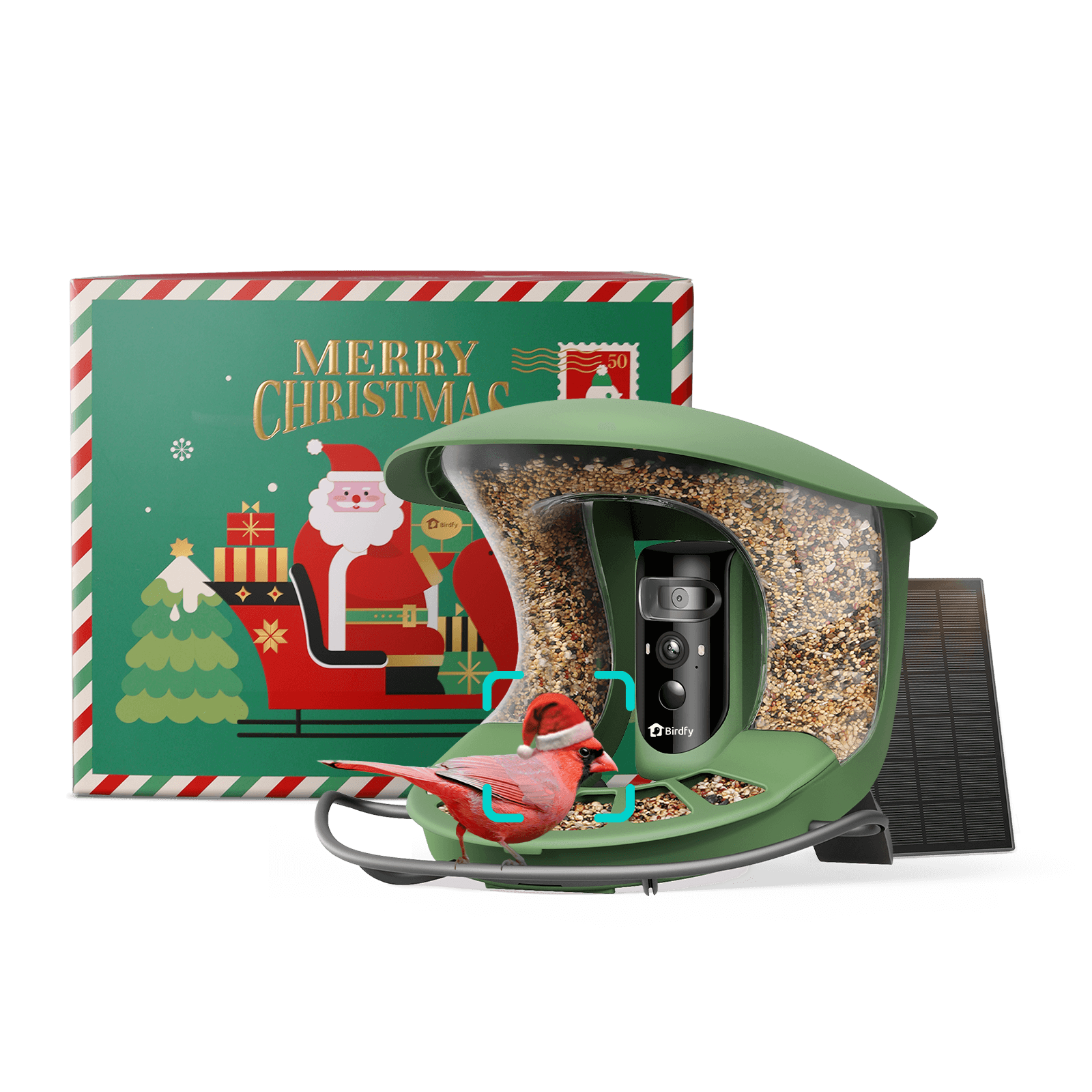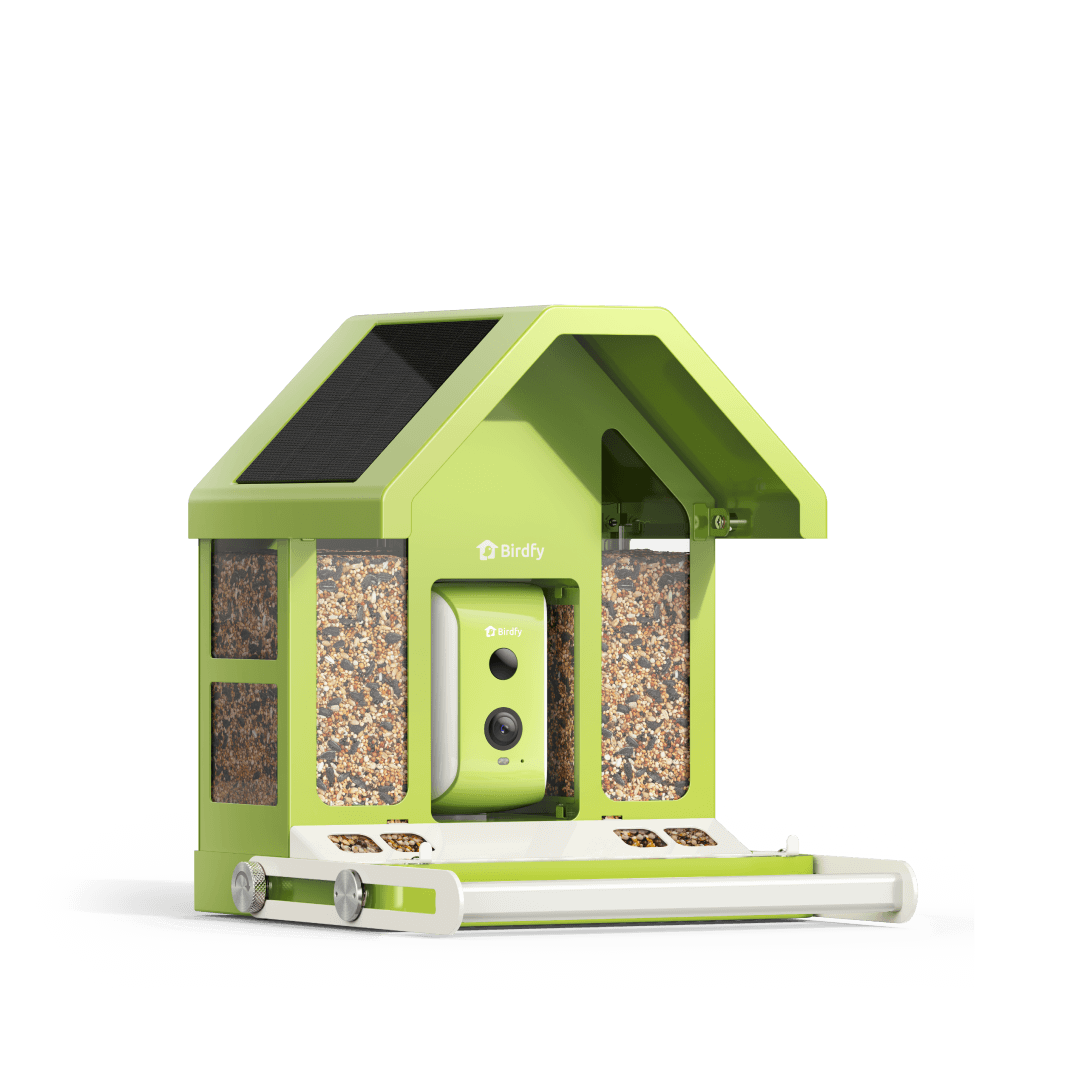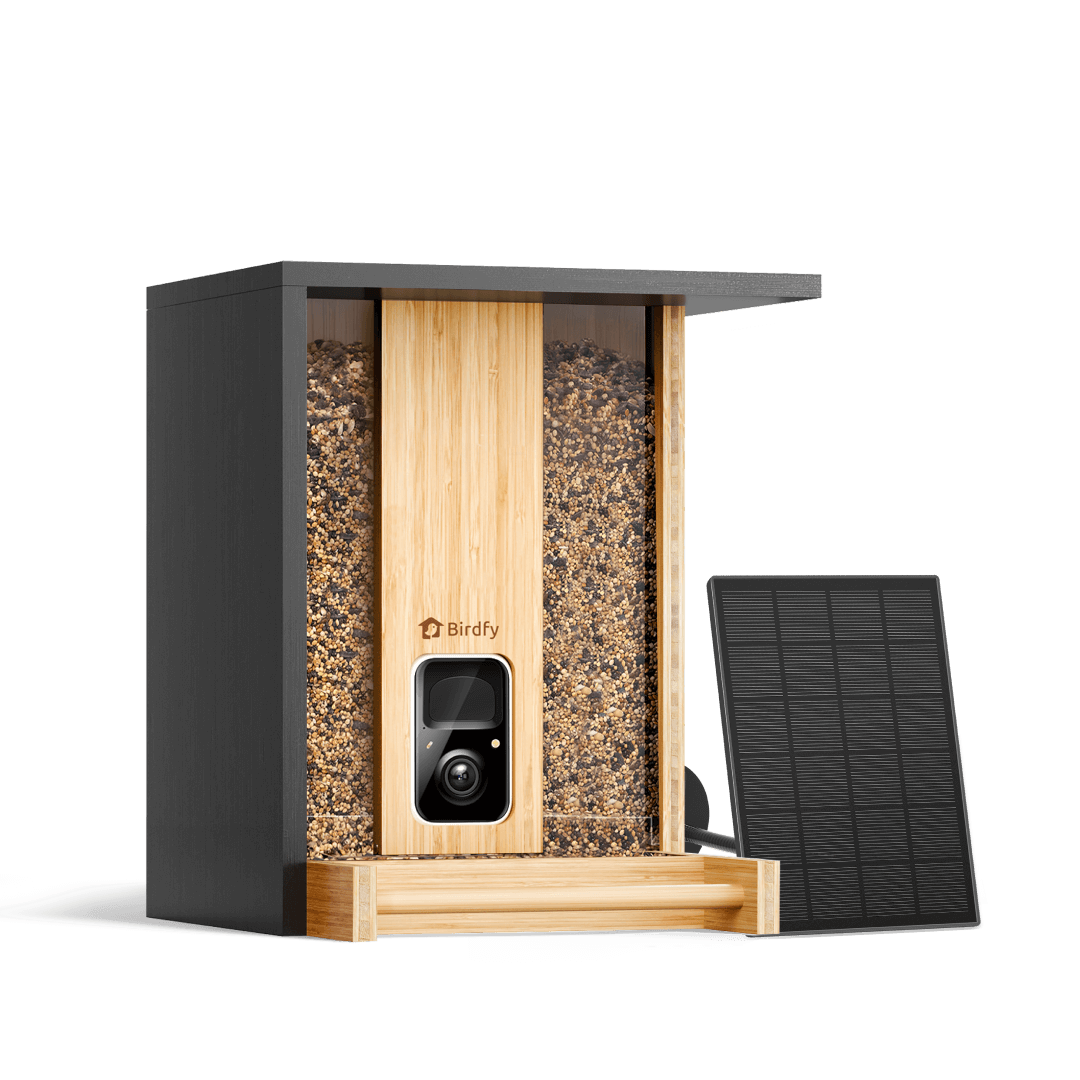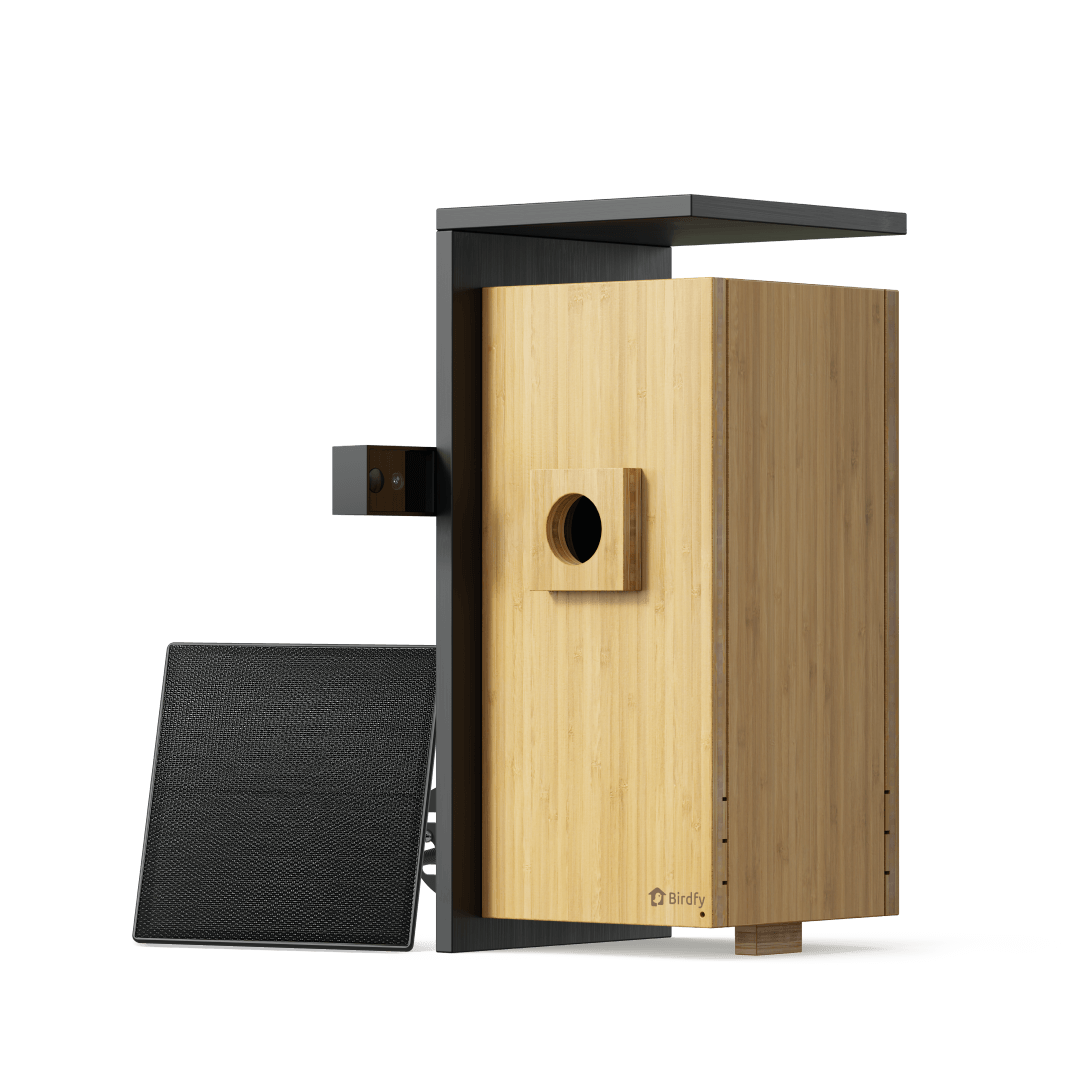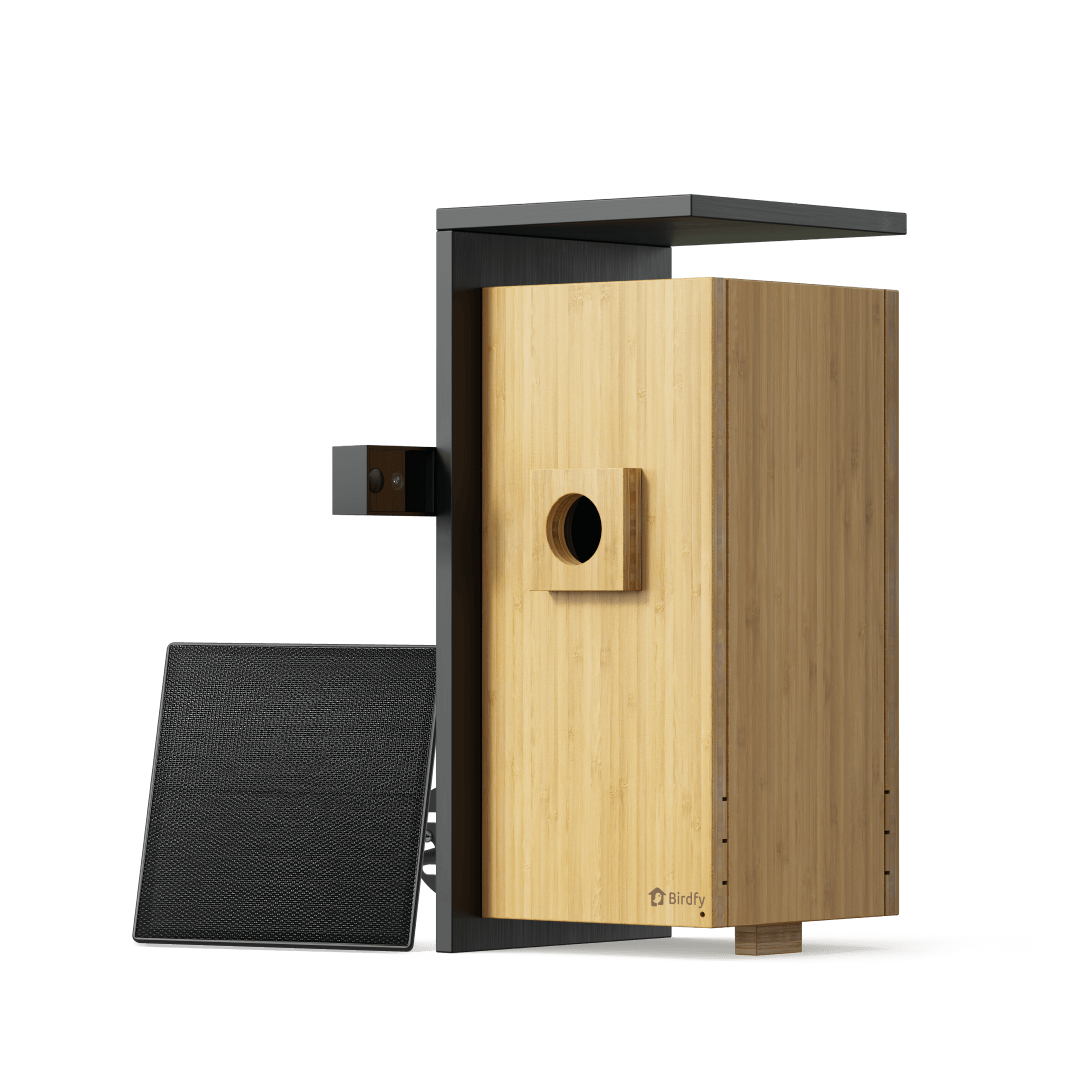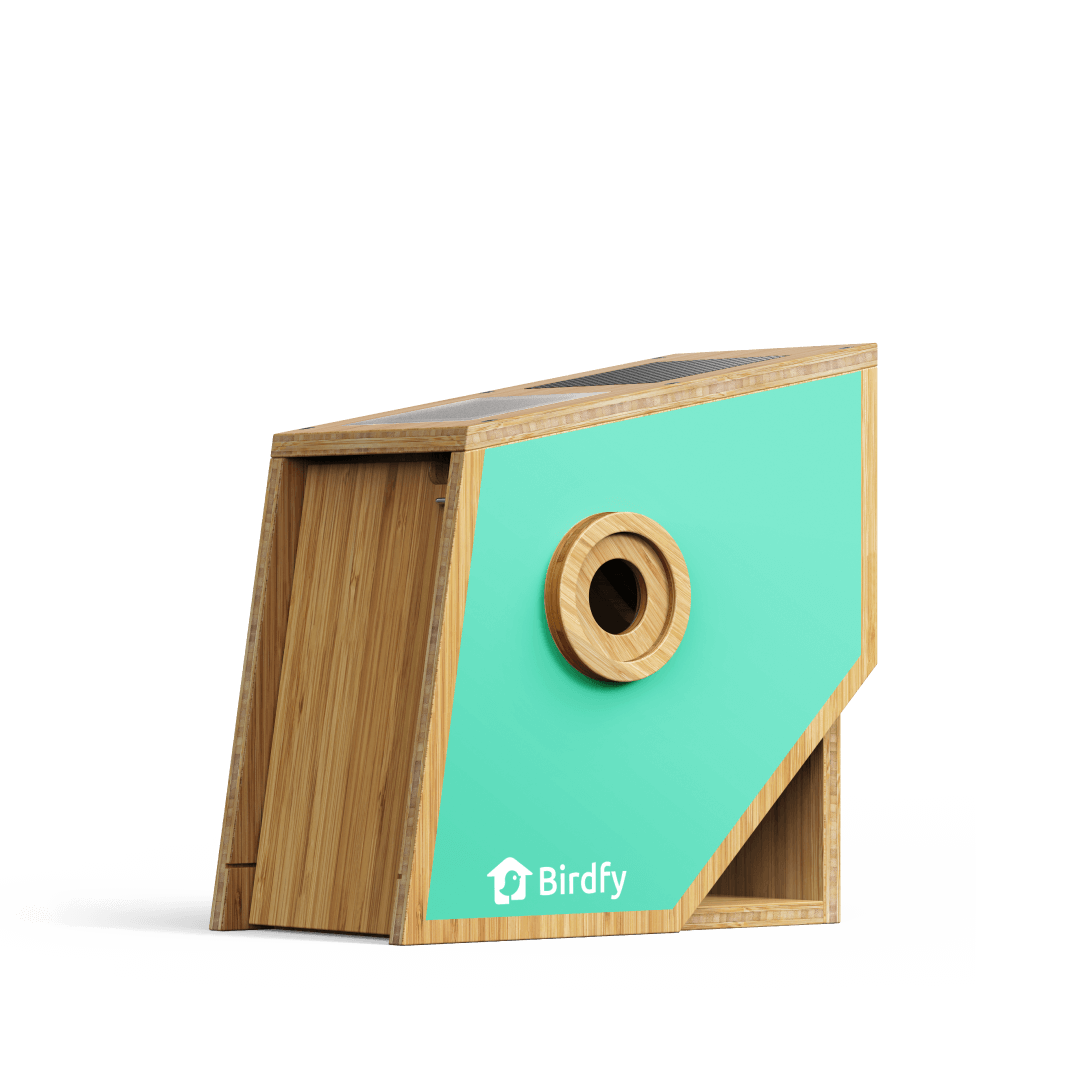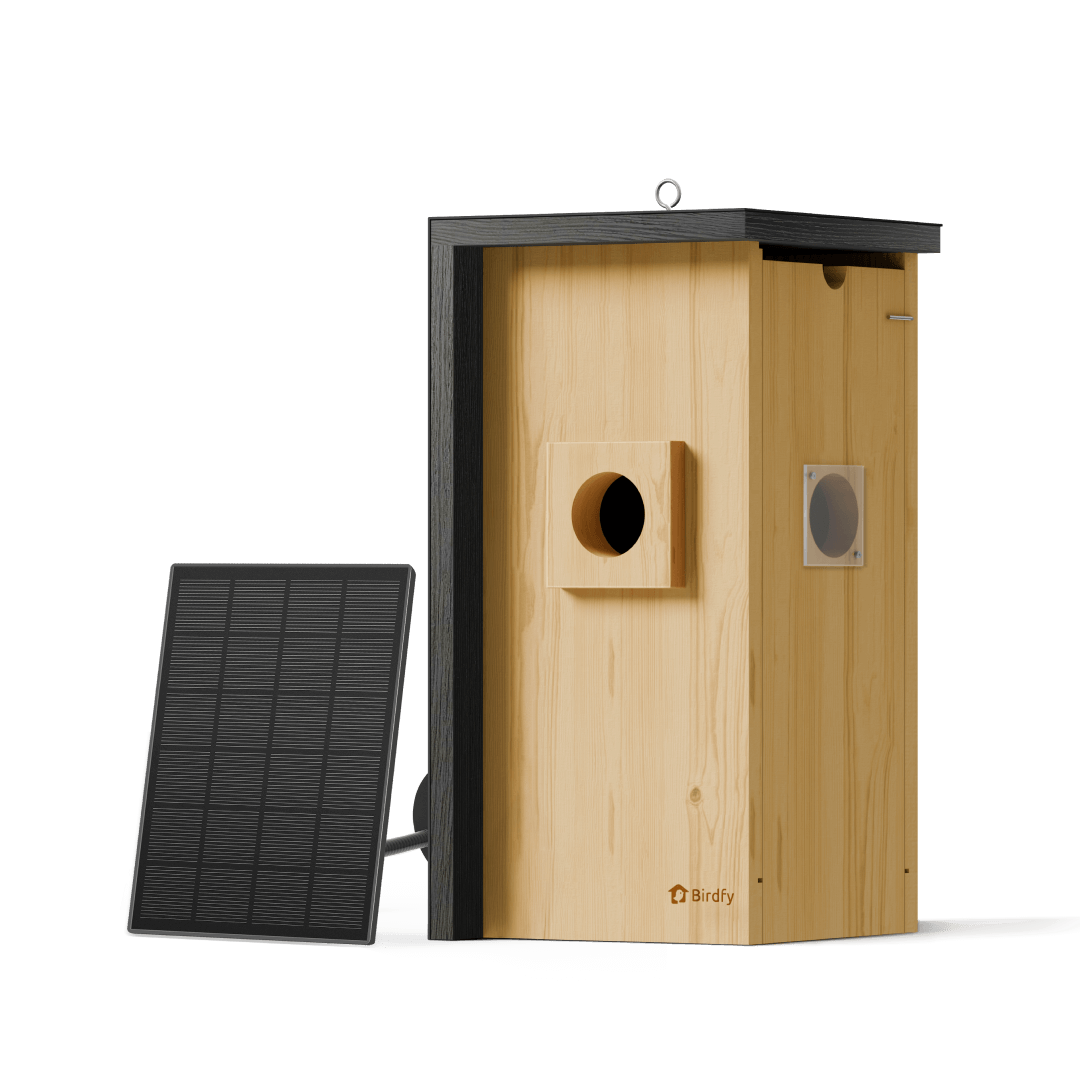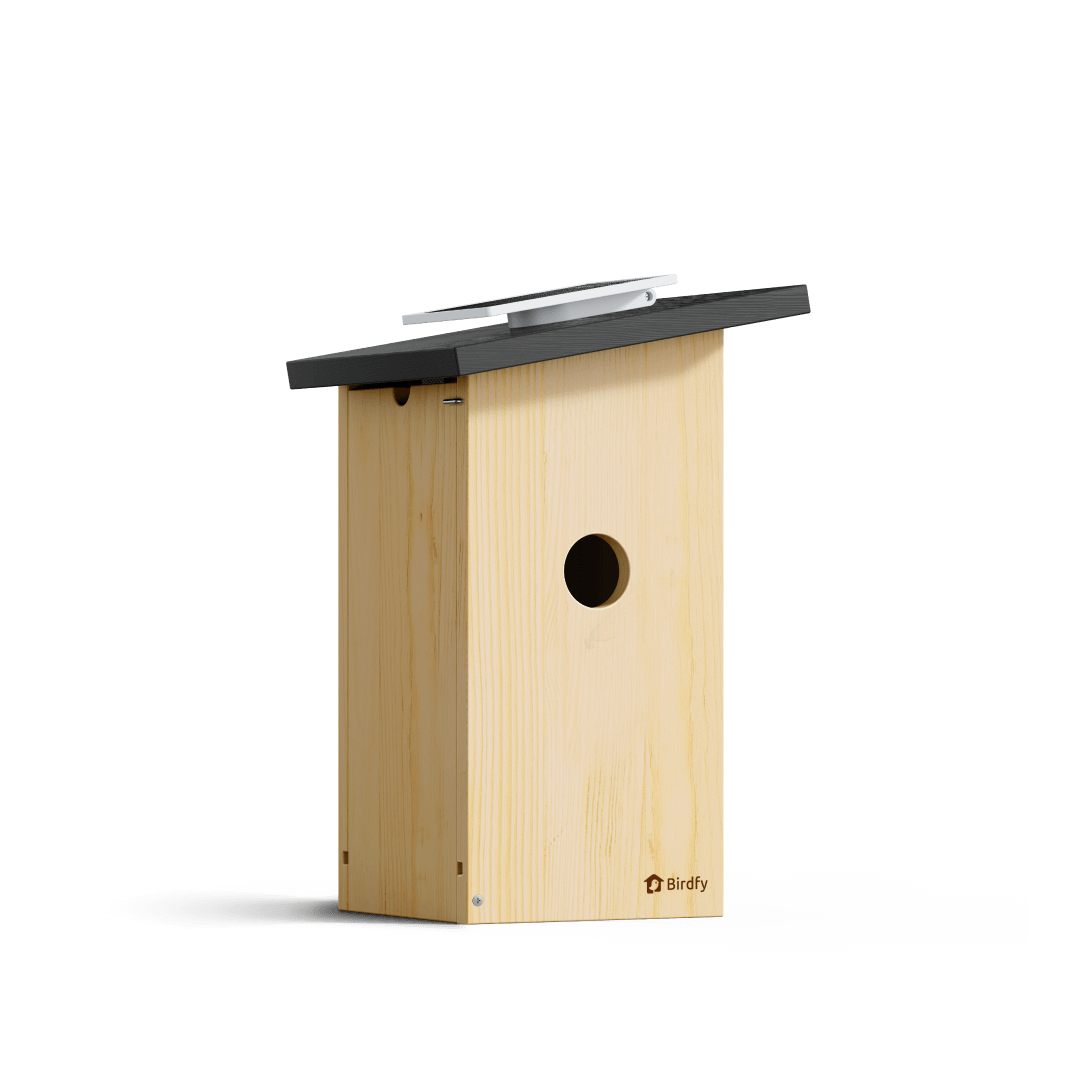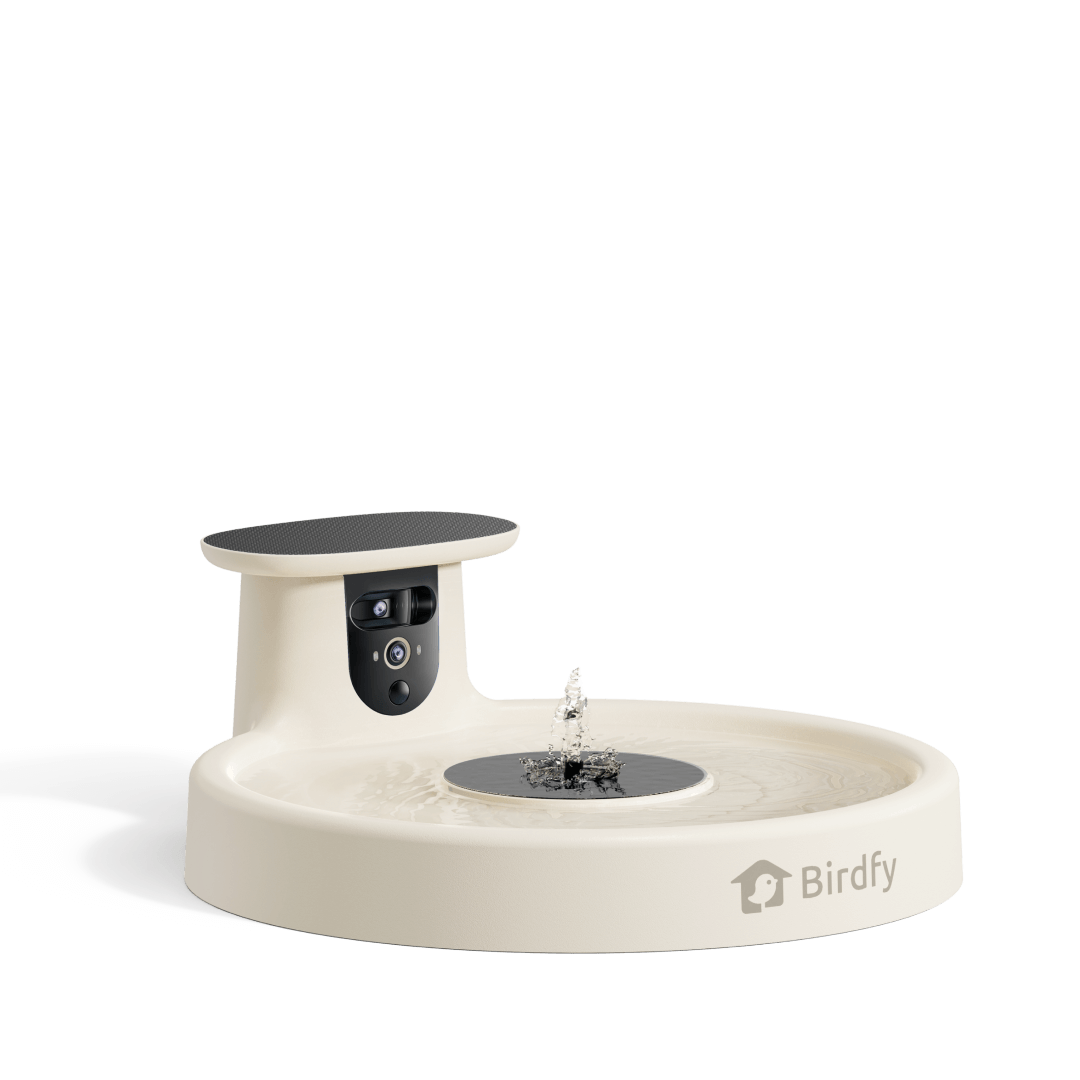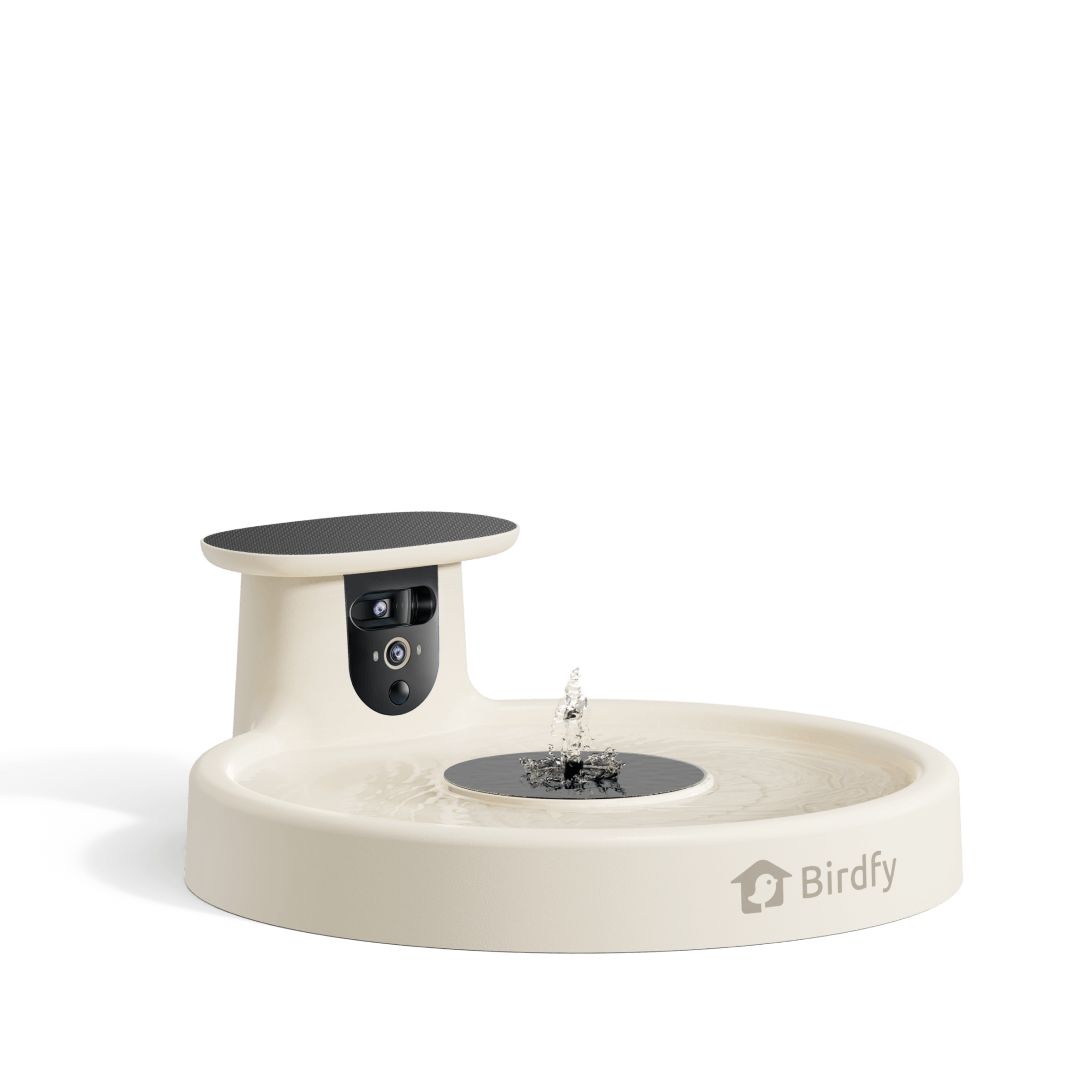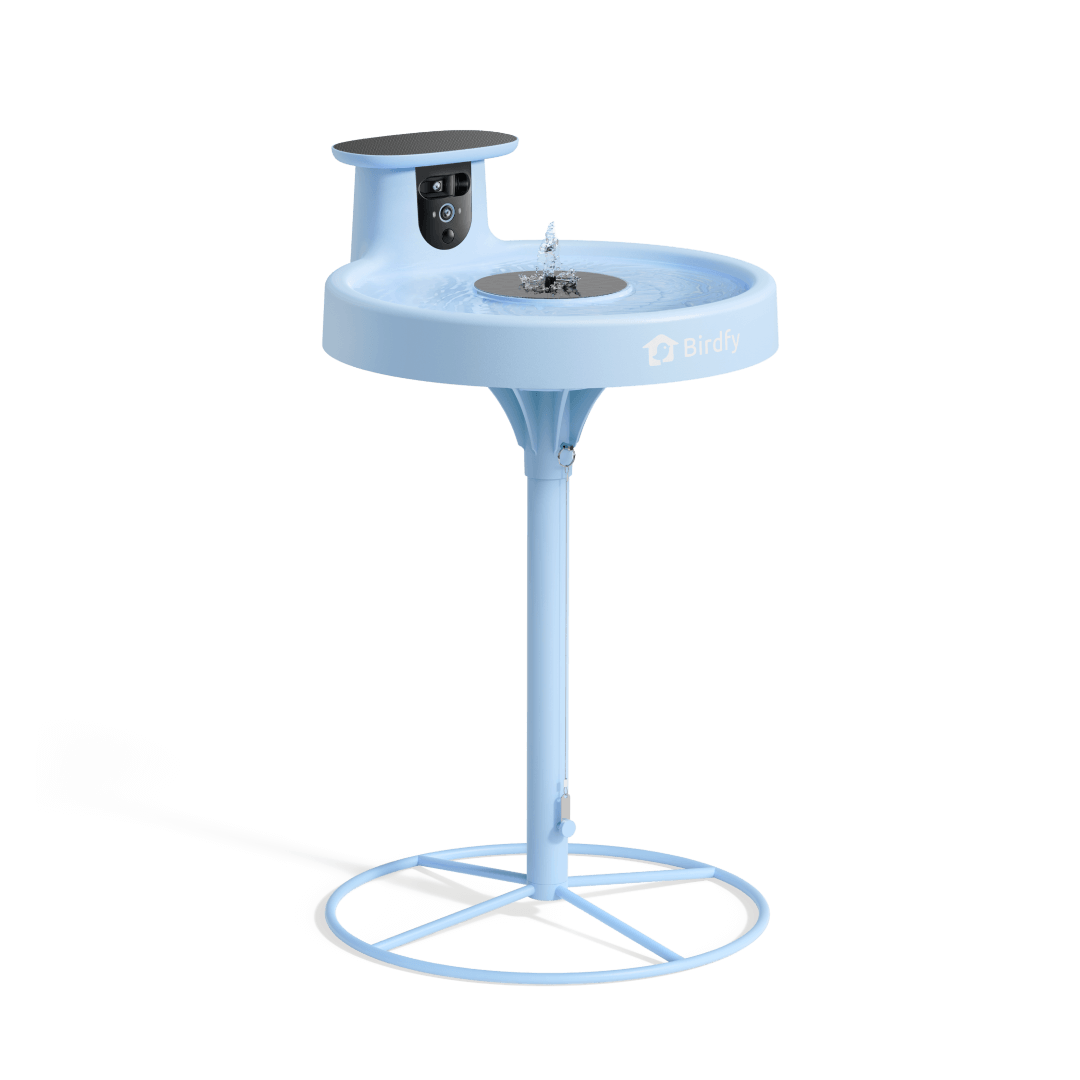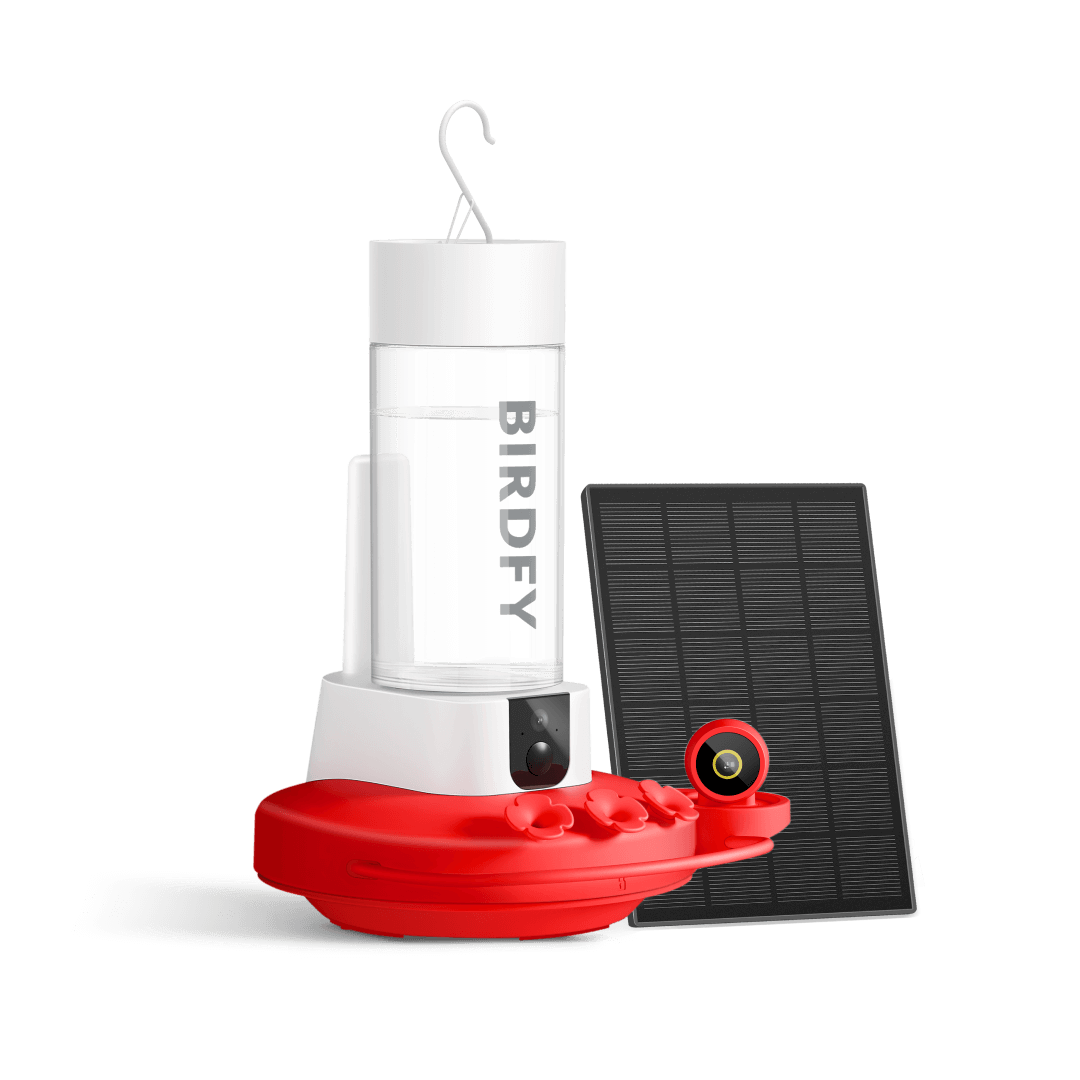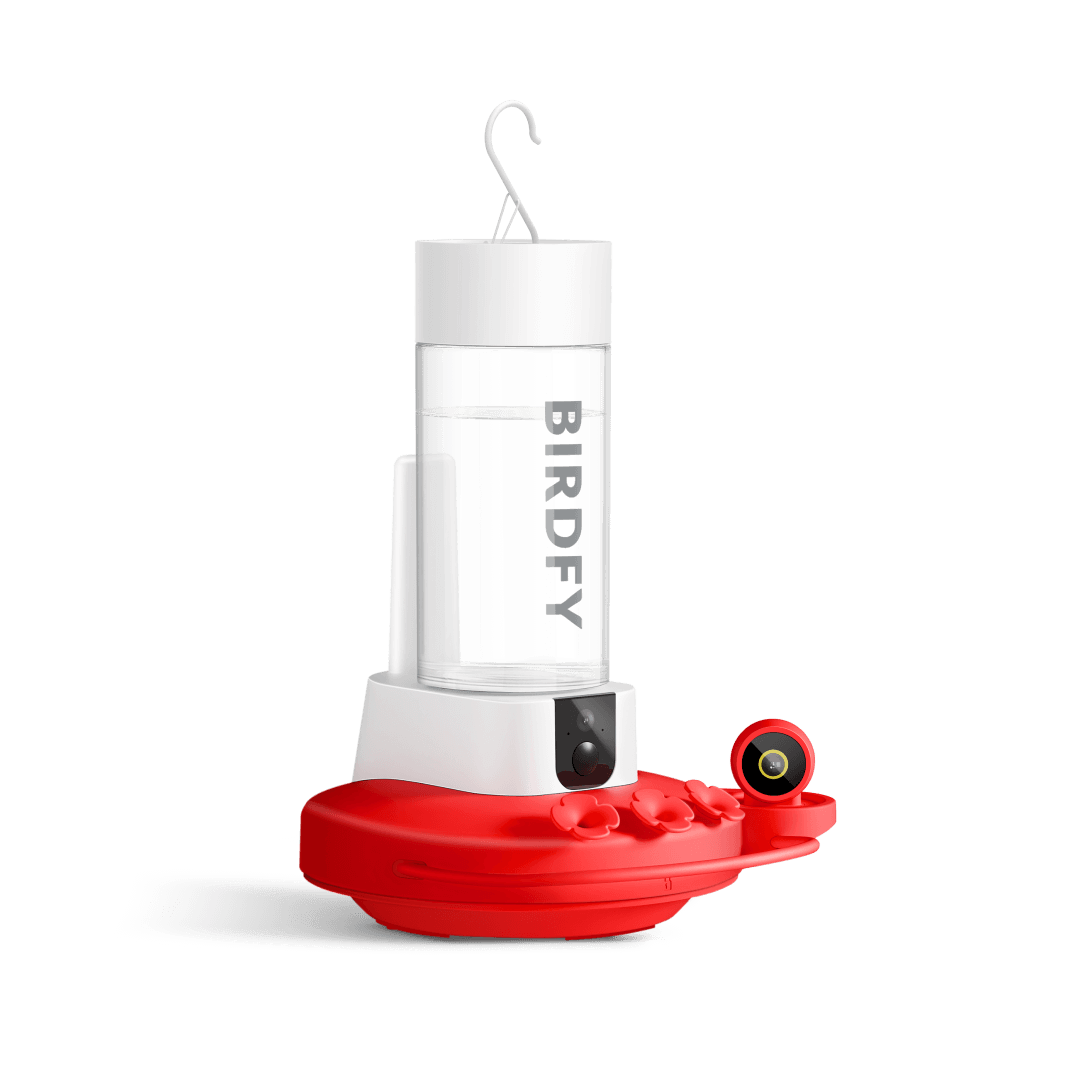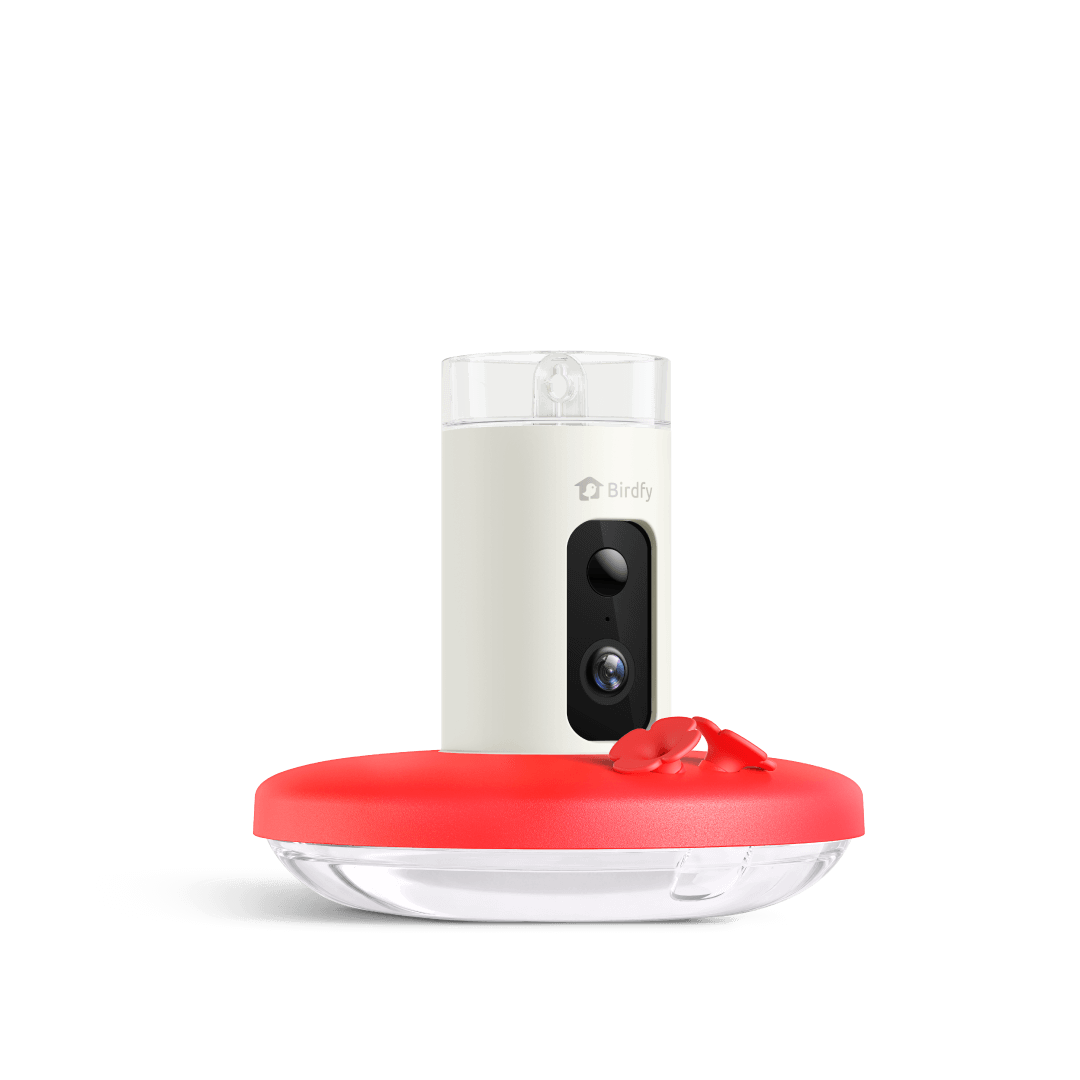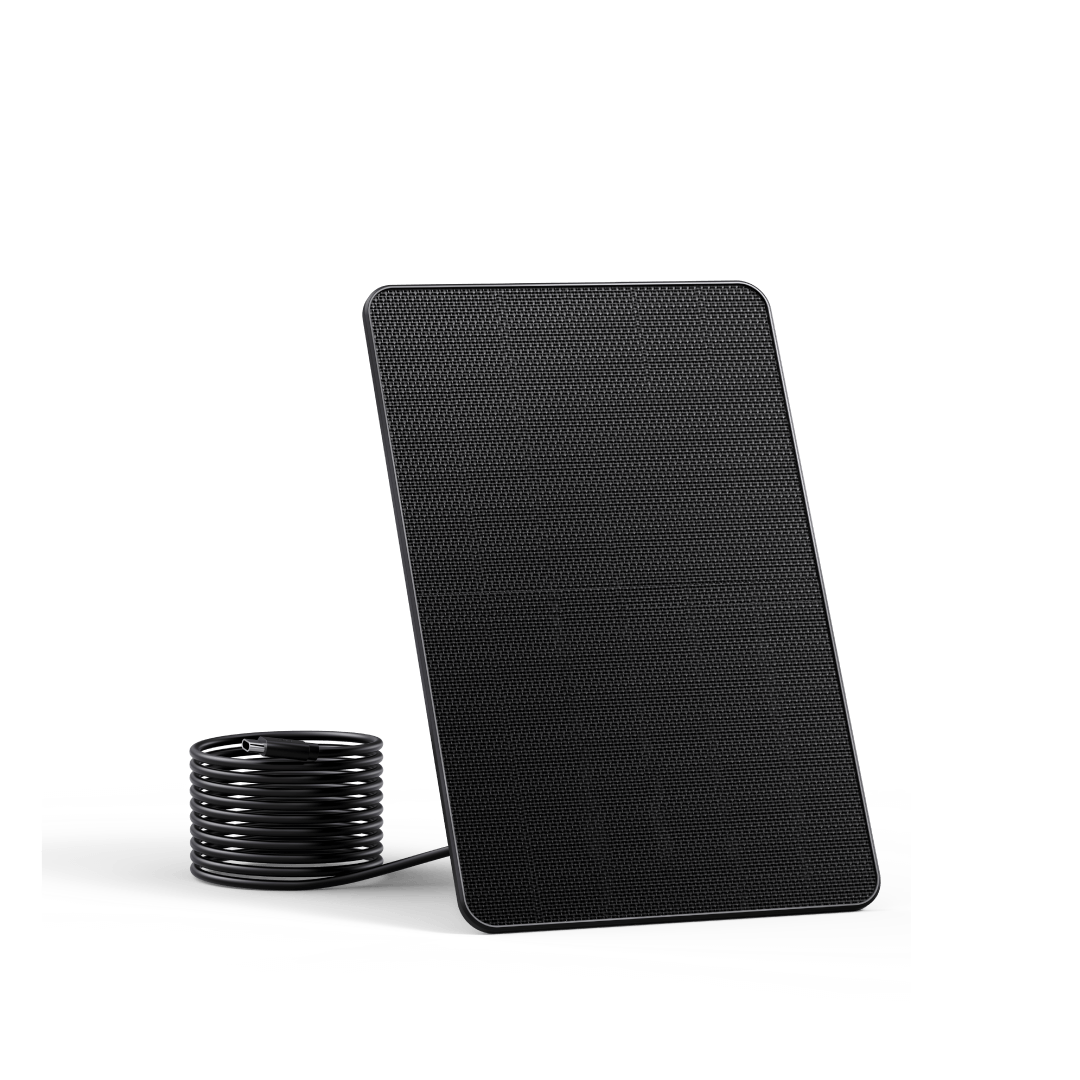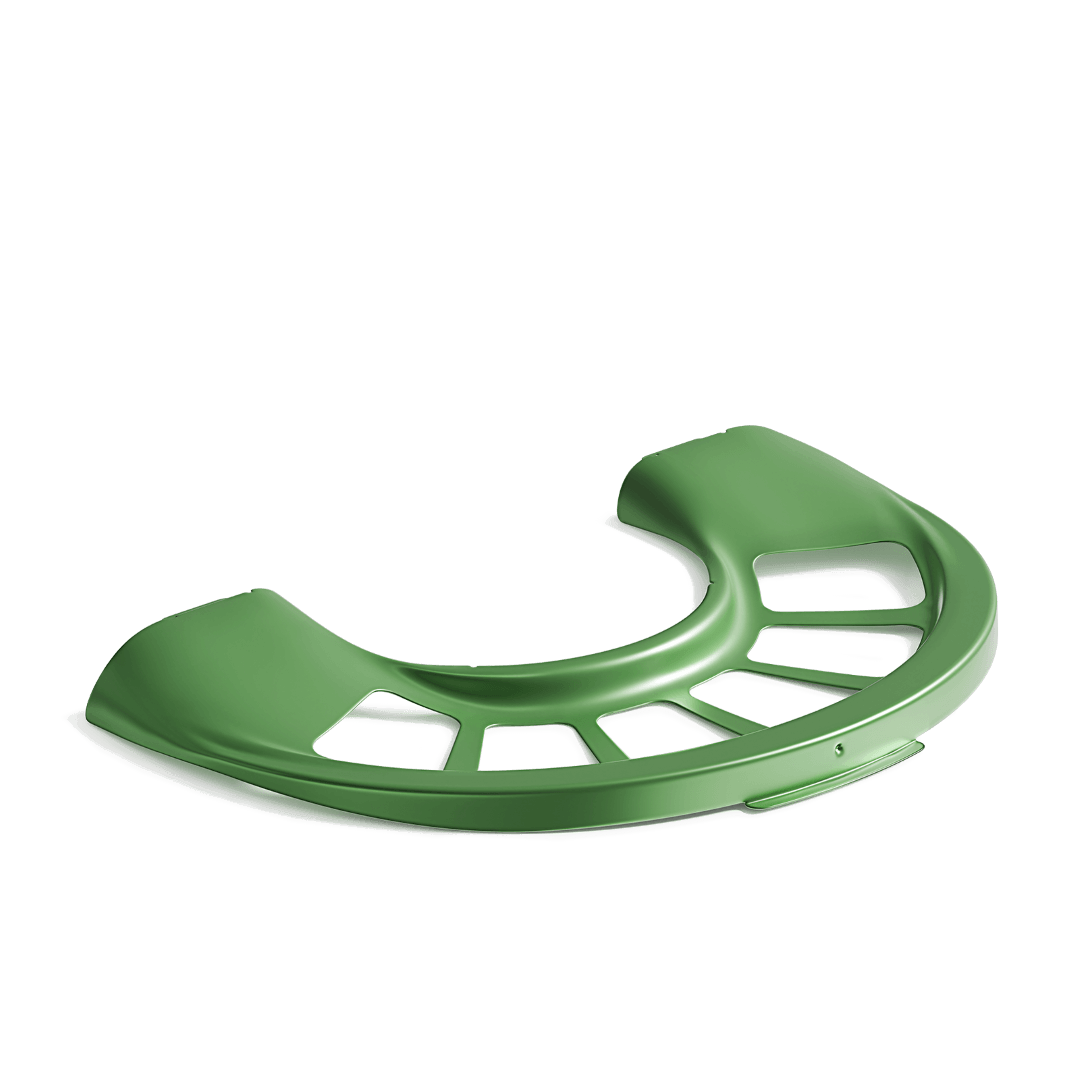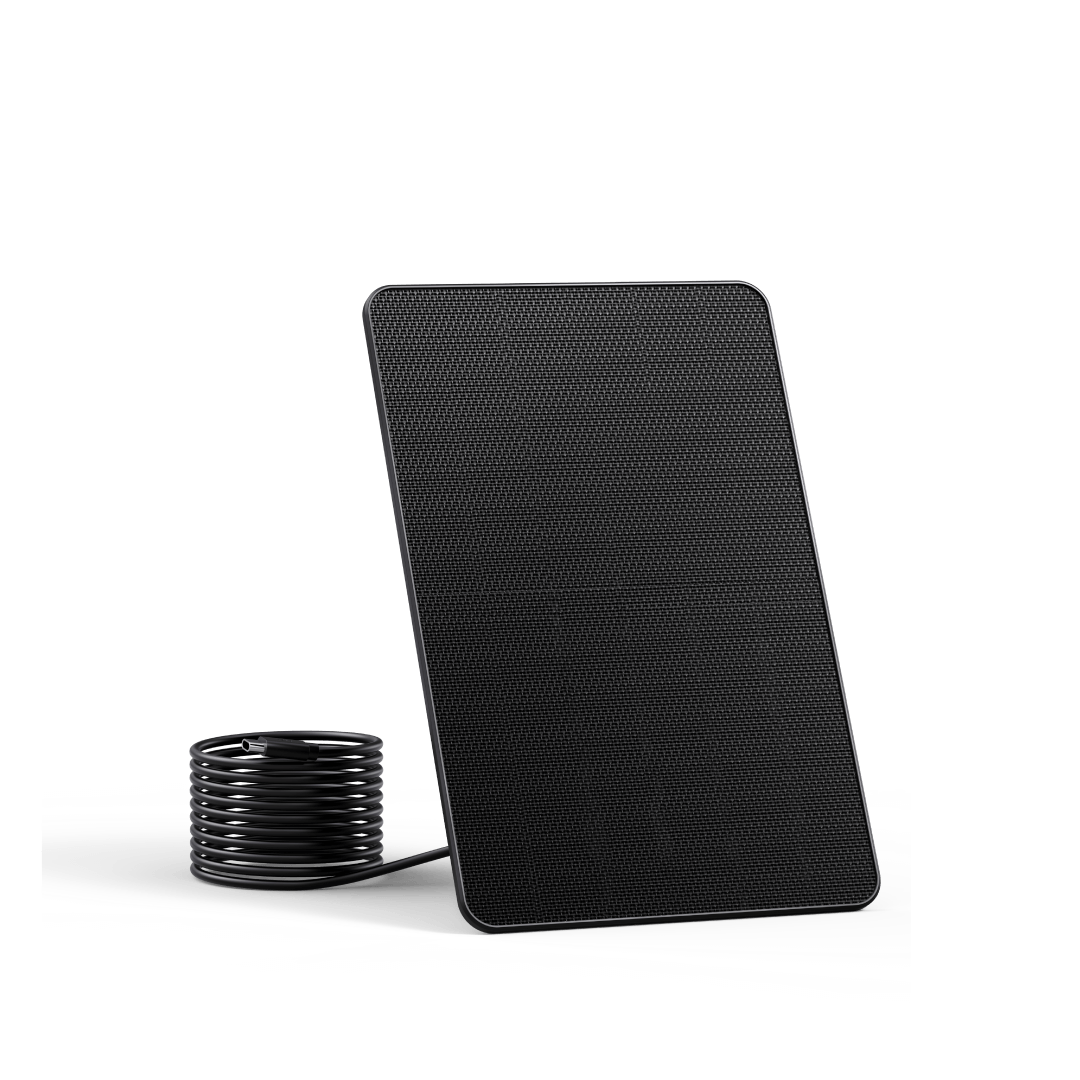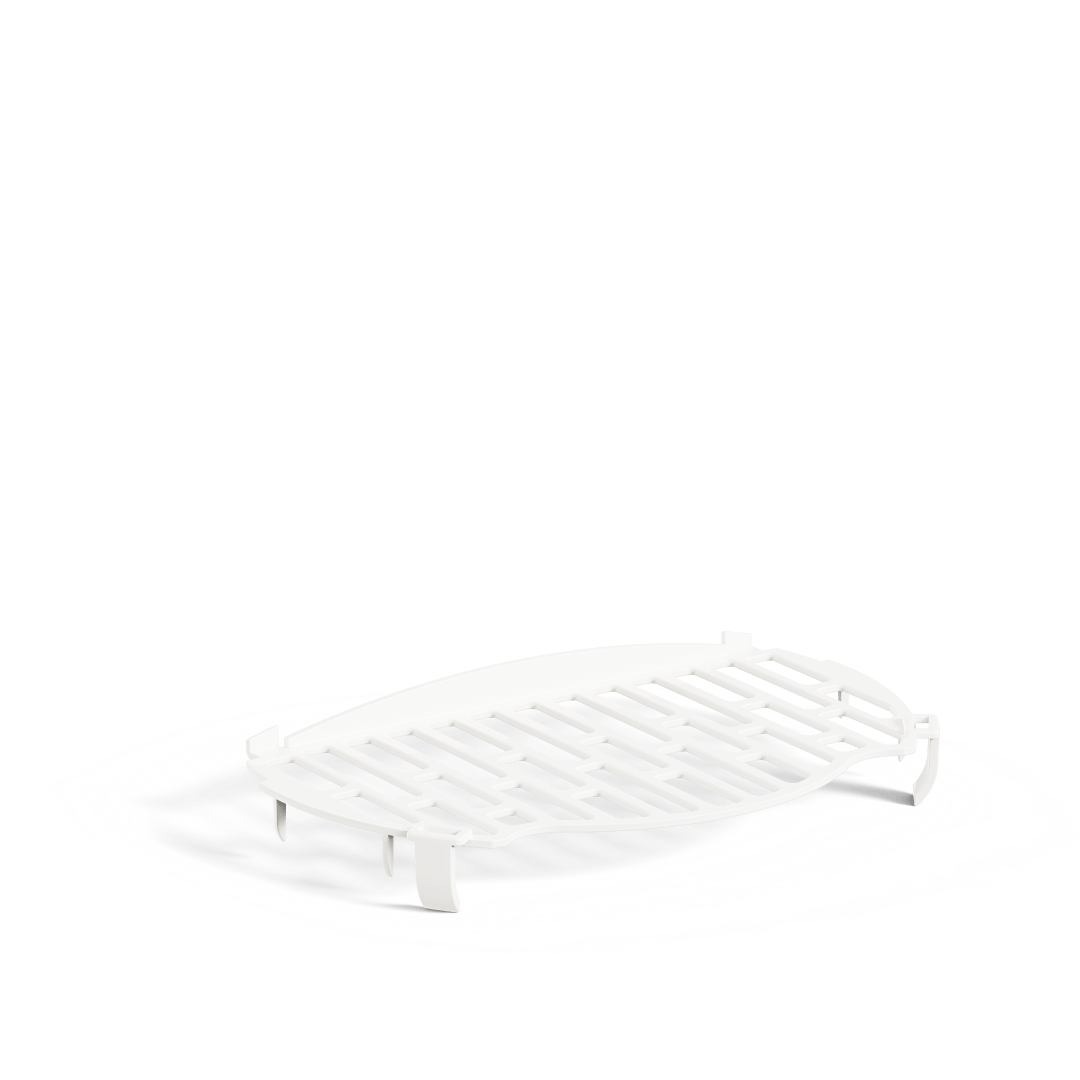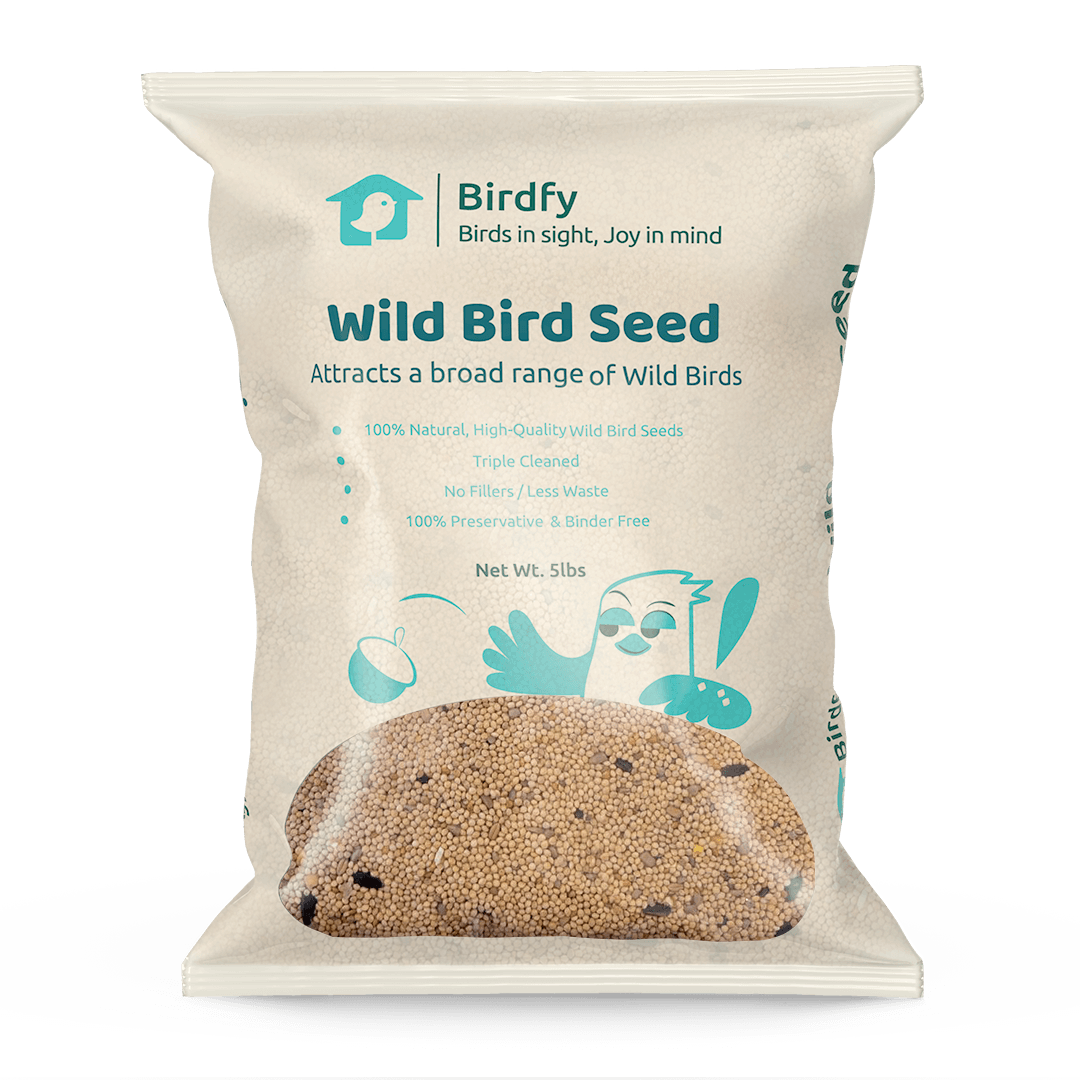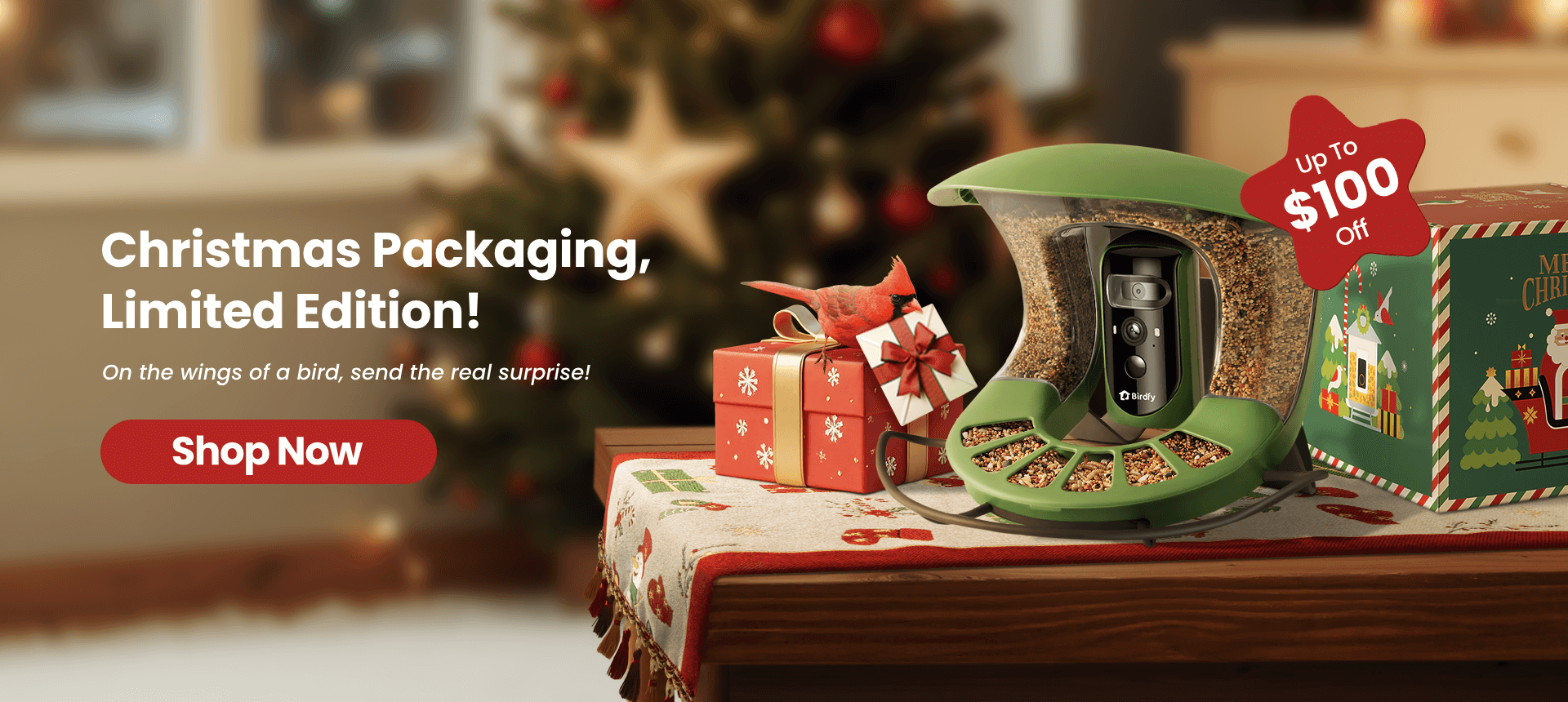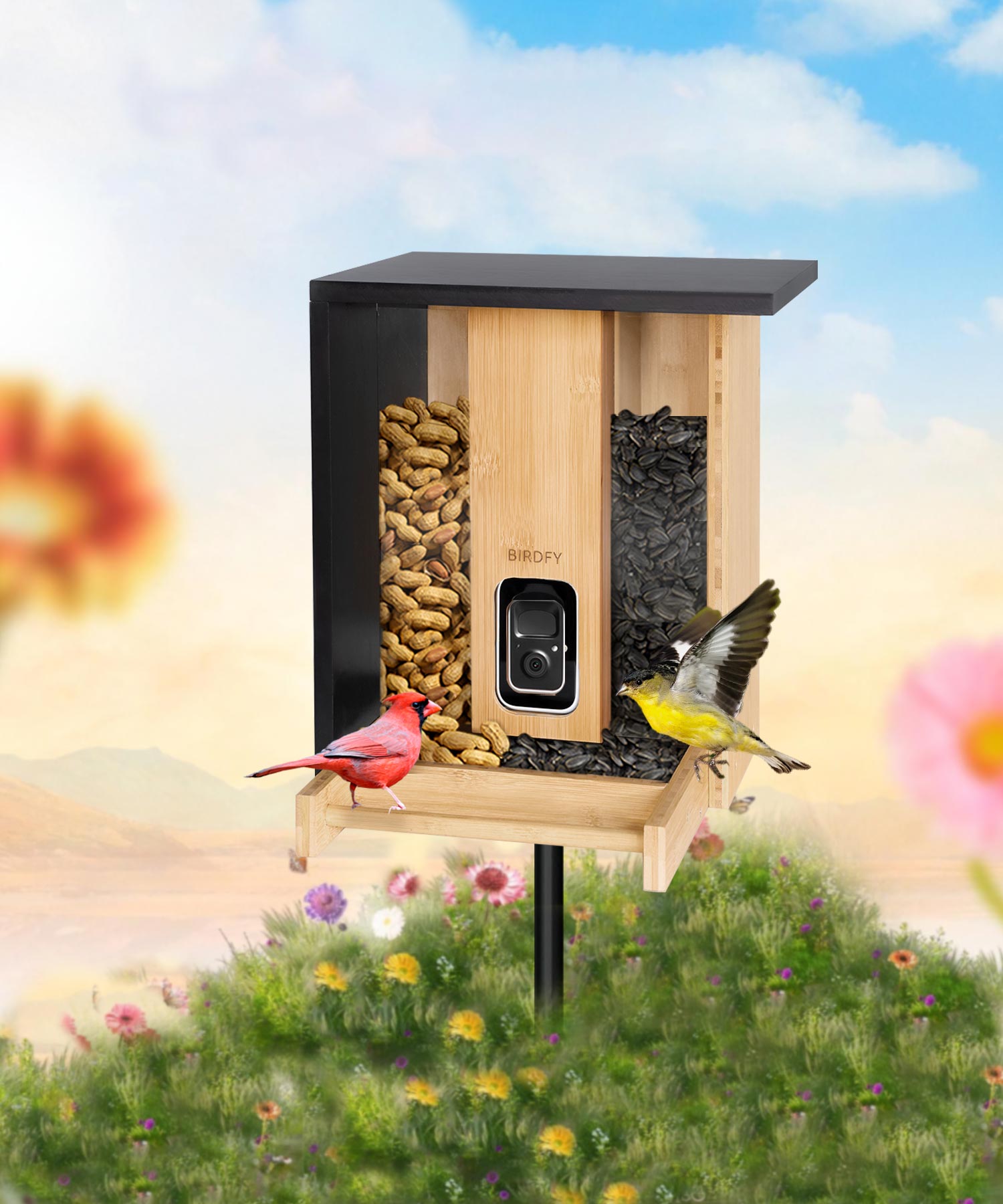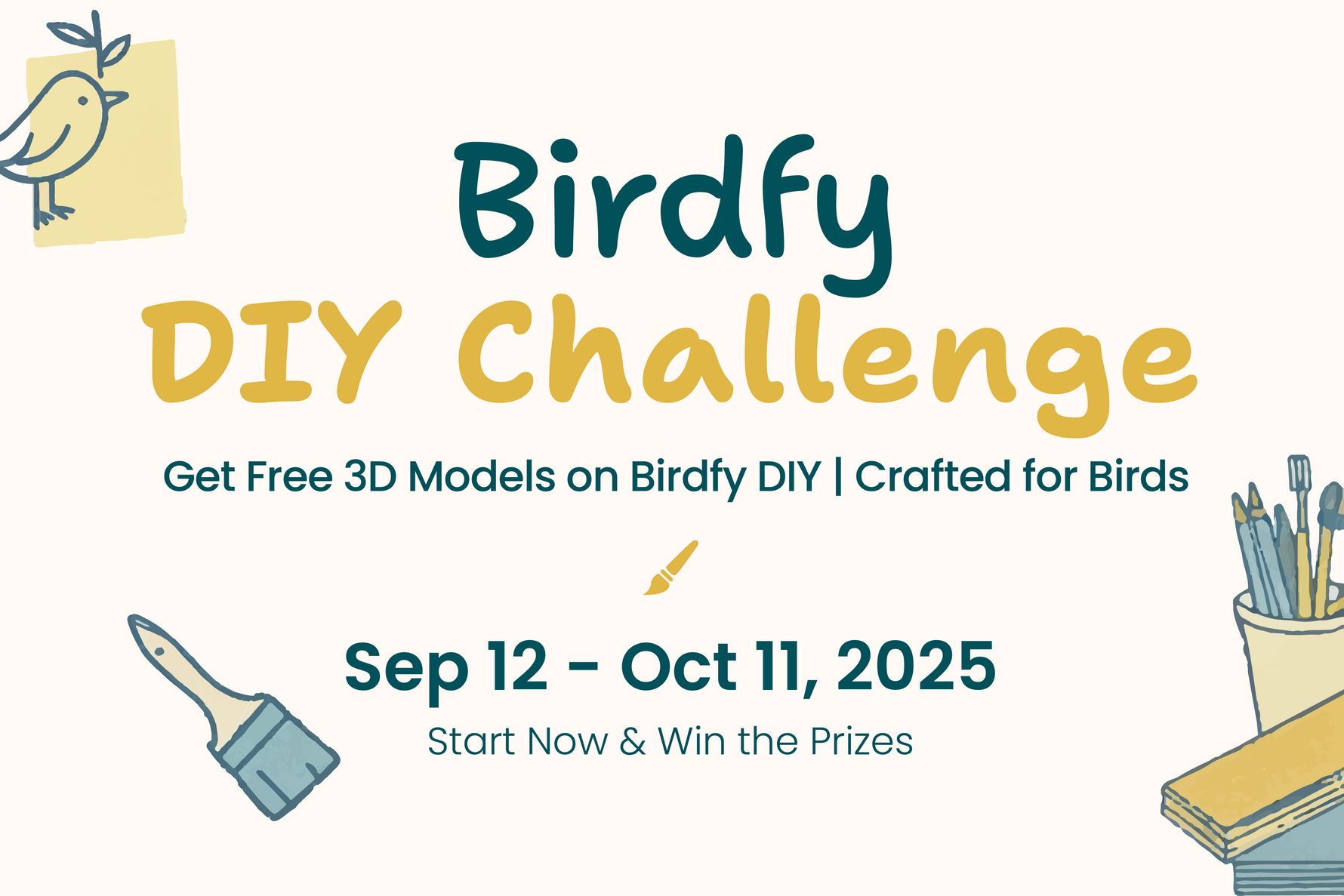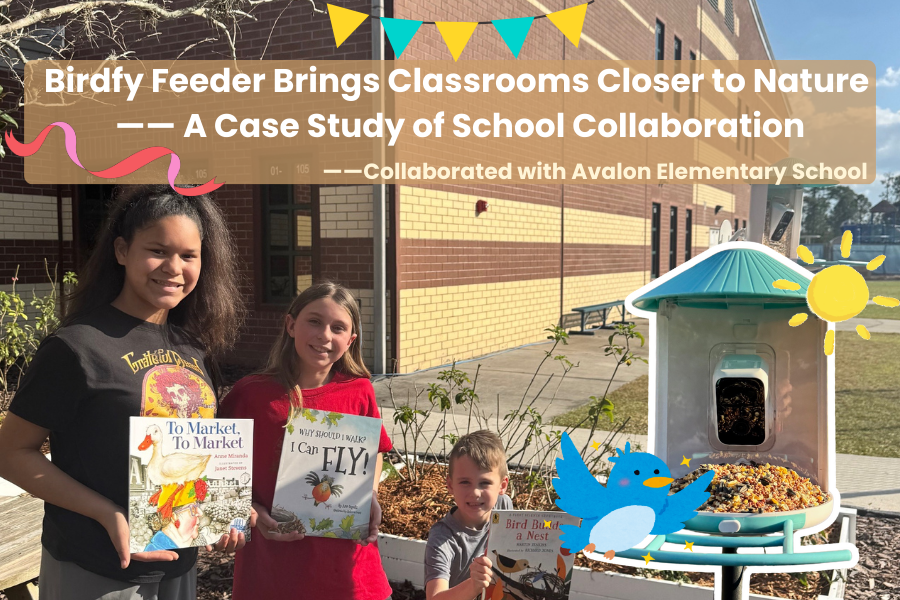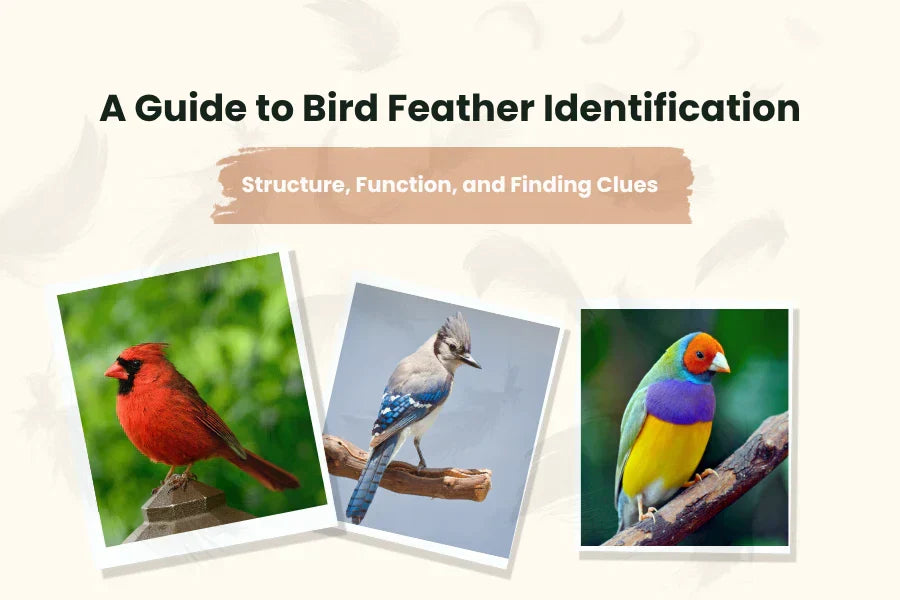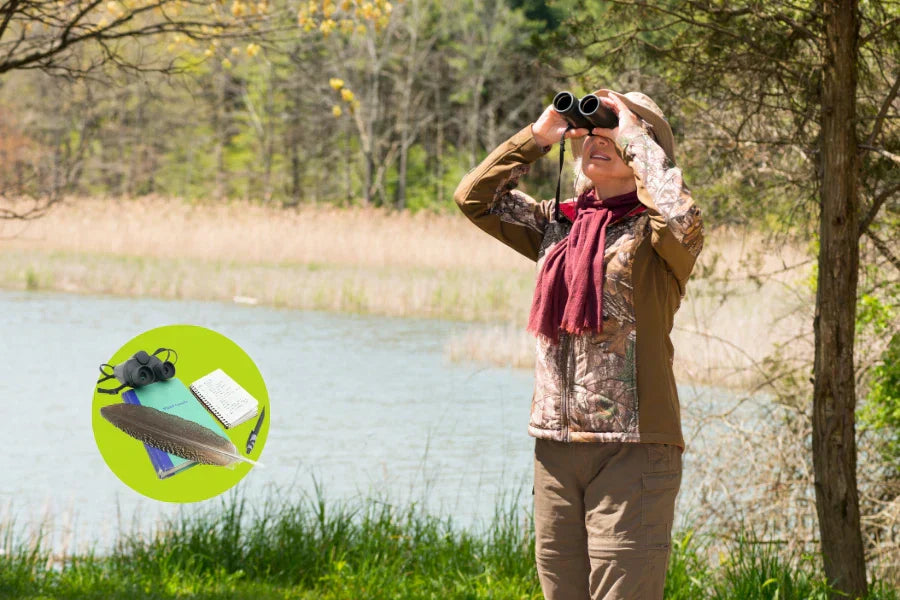What Kind Of Peanuts Should I Feed Wild Birds?
Introduction
Feeding wild birds is fun, and offering peanuts is one of the best food sources. Since it is rich in essential nutrients, peanuts are a great energy source, especially during colder months. While there are many types of peanuts to choose from, which can attract specific bird species, there are also types of peanuts that can make a big difference in keeping the feeding area clean and efficient.

Moreover, if we look at their benefits, healthy fats and oils from peanuts provide birds with the high-energy nutrition they need. When natural food sources are gone and extra energy is required to keep their bodies warm in winter, birds need additional food like peanuts. Various birds like Woodpeckers, chickadees, nuthatches, and bluejays love to eat these nuts.
However, the best way to feed them such nuts is to use peanut feeders. Unlike traditional seed feeders, peanut feeders attract birds longer, encouraging them to work for their food. It provides you with a better opportunity to get closer to the birds for a closer look.
In this guide, we'll take a closer look at the different kinds of peanuts you can provide for wild birds, the best bird feeders, and how to maximize their benefits for both birds and bird watchers.
Types Of Peanuts For Feeding Birds
There are two main types of peanuts for wild birds: shelled and in-shell. Each has its benefits depending on the bird species you want to attract.
-
Shelled Peanuts
Peanuts that have already been removed from their outer shell are called shelled peanuts and are convenient food sources for many bird species. These peanuts offer easy feeding for birds and won't require any extra effort to break open shells to locate the value. They are valuable for birds of shorter stature or those needed to climb and peck at a meal source. Peanuts in this form are best used in any feeder type composed of mesh and mesh-style peanut feeders.

Features: No Shell to Remove, Ideal for Climbing Birds Like Woodpeckers and Chickadees
Unlike hard-shell peanuts, shelled peanuts are an easier source of nutrition for birds since they do not require extra spending to crack open a hard shell. They are an excellent fit for small birds like chickadees, nuthatches, and woodpeckers, which store energy quickly and can also cling to the feeder to peck. These birds get an immediate supply of fat and protein, as shelled peanuts are the foods in which they can access their fat and protein.

Feeder Type: Mesh Feeders Without Perches to Deter Undesirable Bird Species
When offering shelled peanuts, using the right feeder type is essential. One of the most effective mesh feeders for shelled peanuts is mesh feeders without perches, which offer only desirable bird species access to food.
These feeders are suitable for climbing birds and are adapted to cling to rough surfaces while feeding; woodpeckers and nuthatches are examples of climbing birds. Feeder birds like house sparrows and starlings, which often dominate perching-style feeders, do not gain easy access to the peanuts since the feeder has no perches.
Observation Advantage: Birds Stay Longer, Allowing for Better Viewing
The advantage of a shelled peanut feeder is that birds stay engaged for much longer. Traditional seed feeders allow birds to fly off with a quick bite but shelled peanut feeders force birds to work to pull off small pieces of peanuts through the mesh.

It reduces this process naturally by slowing down their feeding and prompting them to stay for extended periods at the feeder. Birdwatchers, therefore, have more opportunities to observe and witness bird behavior. Enjoying and learning by watching woodpeckers and chickadees sticking to the feeder and picking up peanuts can be entertaining and educational.
-
In-Shell Peanuts
Whole peanuts that still have their outer shell intact are in-shell peanuts. These peanuts are a good option for feeding larger birds with the beak strength to break open the shells. In contrast to shelled peanuts, in-shell peanuts pose an extra challenge for the birds, and the latter is perfect for birds who enjoy working for their food.
Although these peanuts could be placed in tray feeders, peanut rings, or peanut feeders designed, so birds can individually pull them out, they are most commonly used in tray feeders. In-shell, peanuts are a food source, but they stimulate natural foraging behavior in birds, which is when they take their food and store it for later use.
Features: Whole Peanuts Are More Challenging, Suitable for Larger Birds Like Blue Jays
Large birds with strong beaks, like blue jays, crows, and other woodpecker species, will want whole peanuts. These birds crack the hard shell, which can access the nutritious peanuts within. Blue jays are notorious for stealing in-shell peanuts and caching them for later consumption. This behavior is called caching, and it helps prepare for times when there may be no food available, ensuring they eat well before insects come and feast.

Having the shell of the bird open adds to its appeal for birds that traditionally feed on nuts and seeds in the wild. Whole peanuts also act to engage birds in their normal food-handling behaviors, making feeding more interactive and stimulating.
Feeding Methods
There are several ways to feed peanuts to birds. Some involve offering them to birds in specific ways, and others involve managing the consumption. Some methods get birds hungrier and make them stay longer at the feeder; others give them a peanut and let them go.
-
Place a Handful Daily on Tray Feeders as a Treat
The easiest way to feed peanuts is to put a handful in a tray feeder. They are flat, open platforms that make birds' feeding easy. Offering in-shell peanuts is a good way to allow larger birds to pick up and go elsewhere with them. To limit excessive feeding, placing a minimal amount of peanuts daily helps chickens keep from hoarding a lot.
In addition, it keeps the place clean to feed, as uncracked peanuts can spoil or attract insects. It's especially popular with birds that love taking whole peanuts away to store, such as blue jays and crows.
-
Use Ring Feeders for Birds to Pull and Carry Peanuts Away
Peanut ring feeders are a unique and efficient way to provide peanut feeders for birds. These feeders usually contain spiral or circular wires to which whole in-shell peanuts are held, and birds allow for one at a time. Peanuts are good for woodpeckers, bluejays, and nuthatches because these birds have strong beaks that enable them to extract the peanuts and either eat them right away or pick them up to be stored later.
Ring feeders are one of the most important advantages that help prevent the amount of food the animals eat at once. Ring feeders slow consumption by slowing a bird down to gain each peanut at a time instead of letting the bird grab them from a tray feeder and gobble them up in short order. It is suitable for people who like to watch the birds interact with the feeder for long periods, to bird watch.
Choosing Peanut Sizes And Quality
Bird feeding efficiency depends on choosing the right size and quality of peanuts. Peanuts come in varying forms, such as broken pieces and whole nuts, which cater to different species of birds. Many birds also find small, broken peanuts easier to feed.
-
Broken Peanuts
Small pieces of peanuts already separated from their shells are called broken peanuts. While birds with strong beaks will avoid these peanuts altogether, they are excellent for birds that don't have strong beaks to crack open whole peanuts but enjoy the high-fat content of nuts.
Pros: Easy to Eat, Quickly Attract Birds to the Feeder
A variety of bird species instead use the broken peanuts as an easily accessible food source. Chickadees, titmice, nuthatches, and woodpeckers will eat them without exerting themselves. The peanuts are too small to be hard for birds to pick up, so they get to the feeder frequently.
Cons: Consumed Quickly and May Attract Less Desirable Species Like Sparrows
One disadvantage of using broken peanuts as feeders is that the peanuts are easy to consume. Being small and easy to excrete means birds can devour them; thus, the feeders must be refilled frequently. It can increase the overall cost of bird feeding, especially if it is to feed more than one bird at a time.

-
Whole Peanuts
Whole peanuts are a more substantial food for birds who can break them open, whether whole or in shell. Larger birds or birds with strong beaks that can puncture an entire nut are best suited for these peanuts.
Pros: Harder and Slower to Consume, Suitable for Birds Adept at Breaking Nuts
Whole peanuts provide a few advantages, such as reduced consumption. The feeder does not empty almost as quickly as it would with broken peanuts because birds must work to extract the edible portion. For birdwatchers who want to spend extended time watching, whole peanuts are a good choice, as the birds spend longer at the feeder.
Cost Balance: Though More Expensive, They Last Longer and Offset Costs
Although whole peanuts cost more than broken peanuts, they are worth the investment in the long run. By taking them slowly, birds do not need feeders filled as often as they would eat them if they were free. It helps offset the higher upfront cost with the lifespan of the food supply.
Seasonal Feeding Recommendations
The demand for peanuts by wild-appearing birds varies throughout the year. Peanuts can be good for birds at any time of year, but they are critical in the winter when natural foods are harder to find. Understanding such seasonal feeding patterns can be beneficial in optimizing the effectiveness of peanut feeders.
-
Winter Peak Season
Peanuts are best fed to birds during the winter. As temperatures recede and the natural food supply dwindles, hungry birds depend on plump, high-calorie foods such as peanuts to survive. Birds need the necessary fat and protein to maintain their body heat and energy levels during harsh weather, and peanuts offer just that.
Timeframe: December to April, When Cold Weather Increases the Need for High-Energy Foods
The best peanut consumption is reported during December and April. During this time, birds must use more energy to stay warm, hence their need for high-fat foods. By offering peanuts regularly, birds can develop energy reserves to stay healthy over the cold months.
Frequent Visitors: Birds Like Woodpeckers That Are Attracted to Nuts
During the winter, several bird species gain frequent visitors to peanut feeders. Among the most common woodpeckers are those that subsist upon high-fat foods to sustain their energy during cold weather. Blue jays, nuthatches, chickadees, and titmice are all other frequent visitors who are well adapted to consuming peanuts.
-
Year-Round Usage
Peanut feeders are very versatile and can be used all year long to attract a variety of birds. While peanut consumption fluctuates according to seasons, providing peanut feeders throughout the year guarantees different bird species may take advantage of this nourishing food source. Peanuts remain an essential source of high energy for birds for many months of the year, but birds also enjoy them in warm months.
During Summer, Natural Food Sources May Reduce Peanut Demand
Natural food sources such as insects, seeds, and fruits become more available in summer. The result is that as birds always want fresher food that's easier to get at, there is a natural tendency for peanut consumption to drop over time. During the breeding season, the protein requirement for birds to feed their young necessitates turning to insect food for the winter. But even though some species, including blue jays and woodpeckers, may still use peanut feeders, they are likely to visit if the food is left out.
Keep Peanut Feeders Available Year-Round to Attract Different Bird Species
Peanut consumption decreases in summer, but peanut feeders available throughout the year offer birds a steady food source. Chickadees, nuthatches, and woodpeckers, among other birds, may continue using peanut feeders year-round, and migratory birds using the area can also take advantage of the food source. Peanut feeders out all seasons at once are a reliable feeding station and get the birds to return regularly.
Advantages Of Peanut Feeders
Peanut feeders offer many benefits for birds and bird watchers. They are clean and efficient and attract particular bird species that prefer high-energy fare. These feeders are designed to prevent waste and make the birds linger long enough to be observed by those who enjoy birdwatching.
-
Clean Feeding: No Food Waste, Ideal for Backyard Setups
These feeders are one significant advantage for promoting clean feeding with minimal waste. They differ from the typical seed feeders in that peanuts never go uneaten or end up on the ground but are instead primarily consumed. It reduces the mess in the feeding area and helps the backyard space stay clean.
-
Attract Specific Birds: Primarily Climbing Birds and Nut-Loving Species
Peanut feeders draw in specialized bird species that do well on high-fat, high-protein foods. The most common visitors are woodpeckers, nuthatches, chickadees, and bluejays.
-
Enjoyable Viewing: Watching Birds Feed, Especially in Winter, Adds Fun to Birdwatching
Peanut feeders are an excellent way for bird watchers to get extremely close to observing birds and watching their behaviors as they eat. Because of this, they make a longer-lasting visual treat by forcing the birds to work to get the peanuts and take them from the feeders. This is especially significant during the winter when natural food is scarce, and birds heavily rely on food from these feeders.
Choosing Peanut Feeders And Gifting Ideas
Choosing the proper peanut feeder will enhance the feeding experience and encourage numerous bird species. Many peanut feeder options, including mesh, ring, and tray feeders, are designed for different feeding preferences. These feeders are a great addition to a personal birdwatching setup and are great gifts for the sheltered bird lover.
-
Ideal Recipients: Perfect Gifts for Experienced Bird Enthusiasts Unfamiliar with Peanut Feeders
Peanut feeders make a thoughtful gift for new and experienced bird enthusiasts alike. Even though seasoned birders know what traditional seed feeders look like, some might not have tested peanut feeders. However, introducing them to the benefits of peanut feeding can attract fresh species that haven't been spotted in their backyard.
-
Holiday Demand: Peanut Feeders Are Popular During Christmas and Other Festive Seasons
Peanut feeders are very popular during the holidays, such as Christmas; when you're looking for something different, it's something meaningful. These unique bird feeders will likely become a popular new holiday gift for many bird lovers if they don't already own them as a present. But during the winter months, when bird feeding activity and birdwatching are at their peak, giving a bird feeder as a gift means that the winner would enjoy it immediately and stimulate others to birdwatch.
Conclusion
Peanut feeders are nutritious, bird-friendly, suitable year-round, and enjoyable to watch. Birds depend on peanuts for essential energy, a good food source, mainly when natural food is scarce in winter. Using peanut feeders allows you to nourish your birds with clean and efficient methods and provides habitat to species that love nuts. So, do not forget to try peanut feeders and experience the joys of feeding wild birds.
Share


